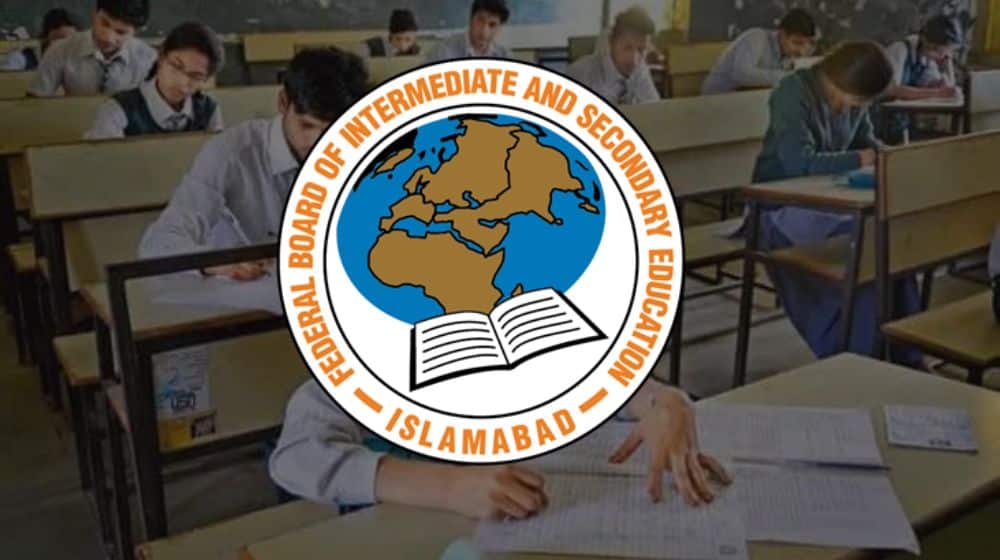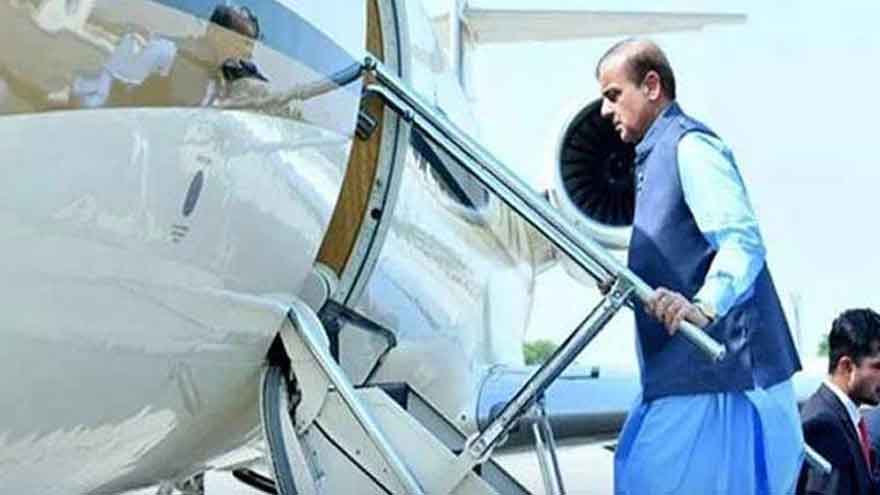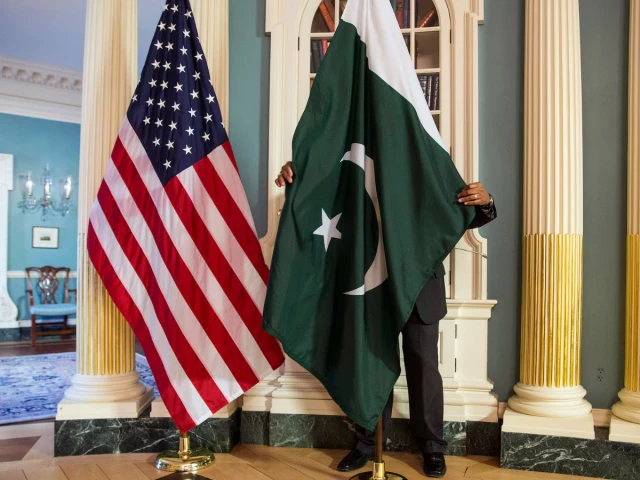- CM expresses satisfaction over Punjab’s adoption of emerging technologies RADIO PAKISTAN
- Pakistan explores collaboration with Sajwani delegation on digital finance and emerging technologies Pakistan Today
- DAMAC Properties’ delegation visits…
Category: 1. Pakistan
-
CM expresses satisfaction over Punjab’s adoption of emerging technologies – RADIO PAKISTAN
-
5 killed, 24 others injured as bus plunges into ravine near Talagang – Dawn
- 5 killed, 24 others injured as bus plunges into ravine near Talagang Dawn
- Five dead, 27 injured as Karachi-bound bus plunges into ravine near Talagang Business Recorder
- 10 killed in fog-related accidents in Pakistan’s Punjab theweek.in
Continue Reading
-

Federal Board Announces Class 11 and 12 Second Annual Exam Results
The Federal Board of Intermediate and Secondary Education (FBISE) has officially announced the Second Annual Examination 2025 results for Class 11 and Class 12 (HSSC Part I & II).
How to Check Your FBISE Exam Results Online
Students of…
Continue Reading
-
3 killed, 16 injured as bus plunges into ravine in eastern Pakistan-Xinhua
ISLAMABAD, Jan. 7 (Xinhua) — At least three people were killed and 16 others seriously injured when a passenger bus plunged into a deep ravine in Pakistan’s eastern Punjab province on Wednesday, rescue officials said.
The accident happened…
Continue Reading
-

PM Shehbaz to visit Quetta for school inauguration and security meeting
QUETTA (Dunya News) – Prime Minister Shehbaz Sharif will visit Quetta tomorrow (Thursday), accompanied by federal ministers, officials confirmed.
During his visit, the prime minister will inaugurate Danish School…
Continue Reading
-
Page not found – Sify
We’re sorry, but we can’t find the page you were looking for. It’s probably some thing we’ve done wrong but now we know about it and we’ll try to fix it. In the meantime, try one of these options:
- Go to…
Continue Reading
-
Mainly cold, dry weather expected in most parts – RADIO PAKISTAN
- Mainly cold, dry weather expected in most parts RADIO PAKISTAN
- Average Temperatures of Pakistan’s ‘Extremely Cold’ Winter Season Revealed ProPakistani
- Temperature likely to drop to 9°C in Karachi The Express Tribune
- NDMA warns of severe…
Continue Reading
-
Goverment mulls fuel levy hike to aid gas sector – Dawn
- Goverment mulls fuel levy hike to aid gas sector Dawn
- Minister tightens oversight of gas supply The Express Tribune
- ‘No raise in gas tariff for next six months’ Geo News
- Qatar agrees to help Pakistan divert surplus LNG cargoes Islamabad Post
- No…
Continue Reading
-

Senate delegation to undertake rare US visit
A State Department contractor adjusts a Pakistan national flag before a meeting between US Secretary of State John Kerry and Pakistan’s Interior Minister Chaudhry Nisar Ali Khan on the sidelines of the White House Summit on Countering Violent…
Continue Reading
-
Luxembourg visit: EAM S Jaishankar says India concerned about recent developments in Venezuela
External Affairs Minister Dr S. Jaishankar has said that India is concerned about the recent developments in Venezuela and urged all parties to work towards ensuring the well-being and safety of the people of the country. Dr Jaishankar…
Continue Reading